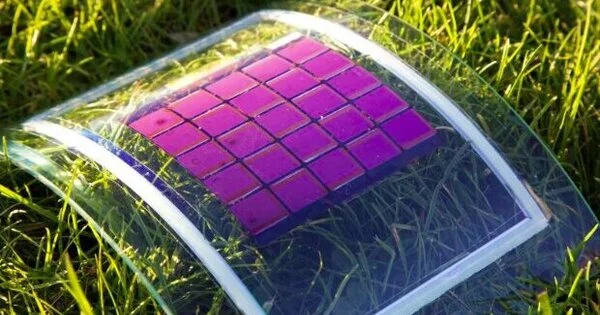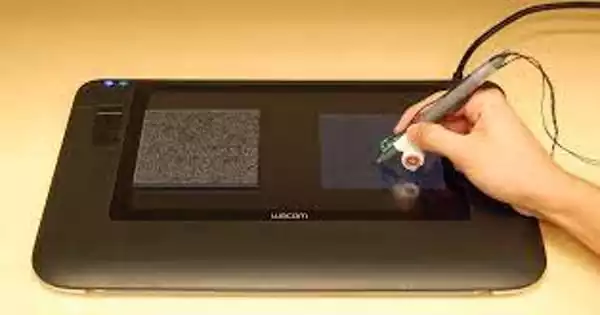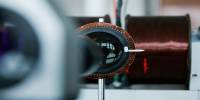Because of their flexibility, lightweight, and potential for low-cost production, organic solar cells (OSCs) have gained attention as a promising alternative to traditional silicon-based solar cells. Improving organic solar cell efficiency is critical for making them more competitive with other solar technologies.
The sun emits massive amounts of energy to the earth. However, some of it is lost in solar cells. This is a barrier to the use of organic solar cells, particularly in innovative applications. Improved transport of the solar energy stored within the material is a key factor in increasing their performance. A research group at the Technical University of Munich (TUM) has now demonstrated that certain organic dyes can aid in the construction of virtual energy highways.
Organic solar cells are light, extremely thin energy collectors that can be applied to almost any surface as a flexible coating: Organic semiconductor-based solar cells have a wide range of applications, including rolled-up solar panels and films, as well as use in smart devices. However, in many applications, the comparatively poor transport of the energy collected within the material is a disadvantage. Researchers are looking into the fundamental transport processes of organic solar cells in order to improve them.
When light energy in the form of a photon collides with the material of a solar cell it is absorbed and buffered as an excited state. This intermediate state is referred to as an exciton.
Frank Ortmann
Stimulating sunlight
One of these researchers is Frank Ortmann, Professor of Theoretical Methods in Spectroscopy at TUM. He and his colleagues from Dresden focus more than anything on the mutual interaction between light and material – especially the behavior of what are called excitons. “Excitons are something like the fuel of the sun, which has to be used optimally,” explains Ortmann, who is also a member of the “e-conversion” Excellence Cluster.
“When light energy in the form of a photon collides with the material of a solar cell it is absorbed and buffered as an excited state. This intermediate state is referred to as an exciton.” These charges cannot be used as electrical energy until they reach a specially designed interface. Ortmann and his team have now shown that what are referred to as exciton transport highways can be created using organic dyes.

Turbocharger dyes
Because excitons have such a short lifespan, it is critical that they reach this interface as soon as possible. “The faster and more targeted the transport, the higher the energy yield, and thus the higher the efficiency of the solar cell,” Ortmann said. Because of their chemical structure and excellent ability to absorb visible light, the molecules of organic dyes known as quinoid merocyanines make this possible. As a result, Ortmann explains, they are also suitable for use as the active layer in an organic solar cell.
Energy packets in the fast lane
The excitons racing through the dye molecules were observed by the researchers using spectroscopic measurements and models. “The value of 1.33 electron volts delivered by our design is far above the values found in organic semiconductors — you could say the organic dye molecules form a kind of super-highway,” Ortmann goes on to say. These fundamental new discoveries could pave the way for more targeted, efficient exciton transport in organic solid matter, accelerating the development of higher-performing organic solar cells and organic light emitting diodes.
















